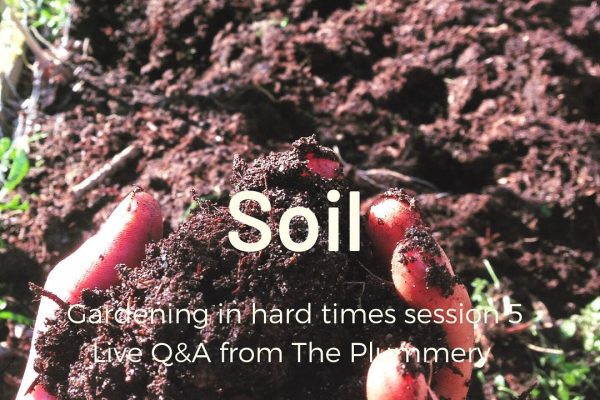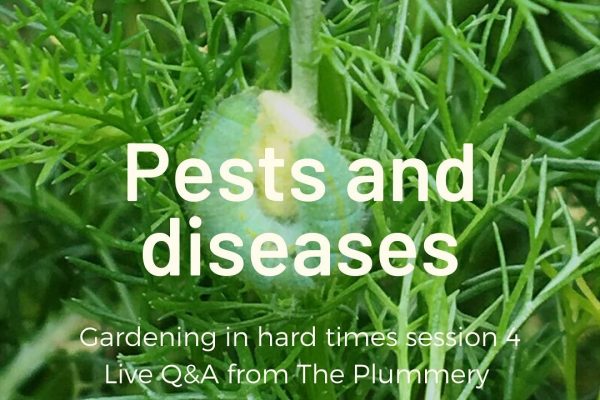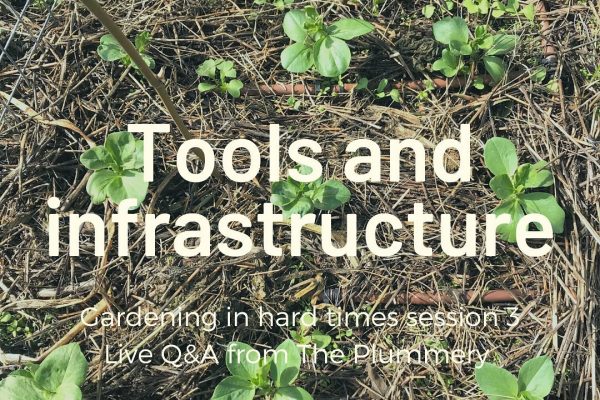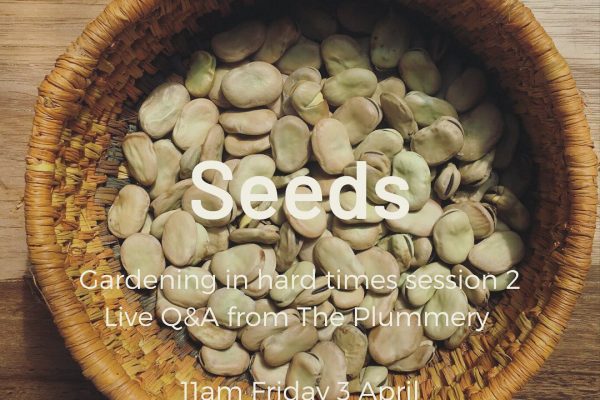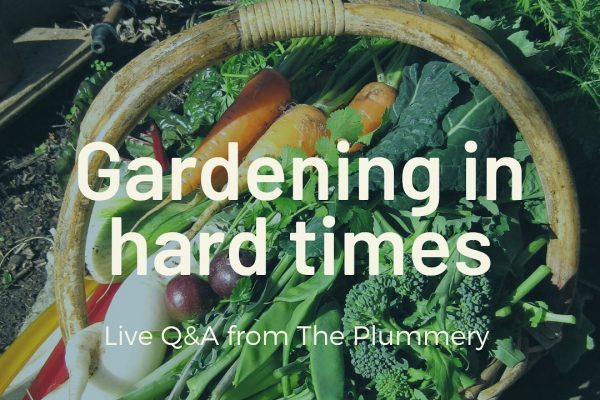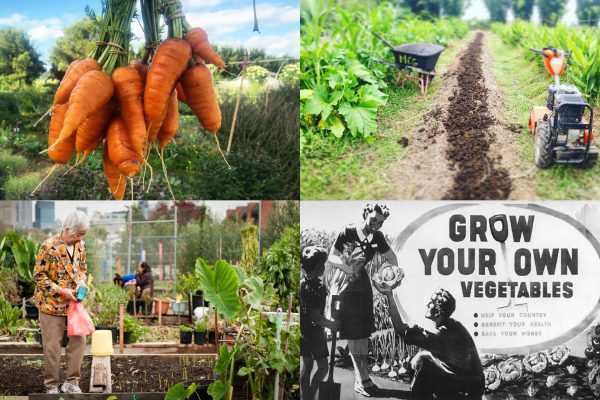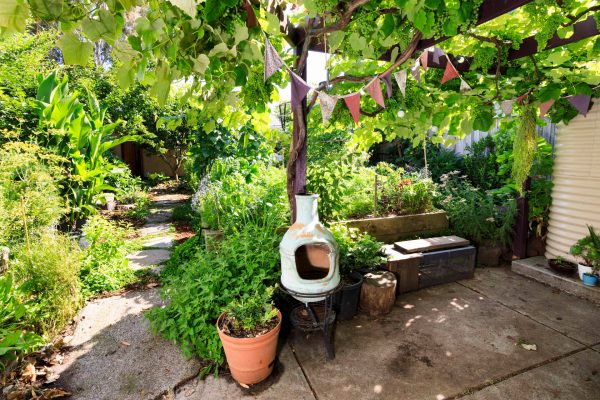The Plummery’s vegie patch is the productive heart of our urban permaculture system. Measuring a modest 30m2, including paths, it’s managed through just a couple of hours a week. We swap our persimmons for pumpkins and buy a sack of potatoes, but year round almost all our vegies come from this little patch and our records show that it produced more than 170kg in 2016!
So what’s the secret? Do we use biochar, rock dust, mycorhizal fungi? Is it biointensive? What about wicking beds? Or vertical gardens? There are no magic bullets. The key to great yields is not sexy or even that difficult. But it does require a thoughtful design, attention at the right time and a healthy dose of commitment.
If you’re blessed with ample space then a wild, self-seeding vegie patch and laissez-faire attitude might be all you need. Perhaps you grow produce for other reasons – to connect children with their food, or enjoy screen-free time outdoors. But if you’re keen to ramp up production without expanding the size of your patch, here’s some tips for bumper crops in a small space.
Start with the soil
It’s the classic organic gardening advice and still the best! Most gardeners realise that water and compost are important, but just how much to apply is not well understood at all.
Of course generalising is problematic but, as an example, I’m getting fabulous results with an inch of compost across the entire surface of the bed every time I plant an annual crop, plus about a handful per square metre of something richer in nutrients such as blood and bone, poultry manure, or about 5 pees per m2! (Urine is a great source of nitrogen and potassium and is sterile from a healthy person). The rule of thumb for watering vegetables is to maintain soil moisture in the root zone. Stick your finger a few inches into the bed and it should feel damp, a little cooler, and have a few crumbs of soil attached when you pull it out.
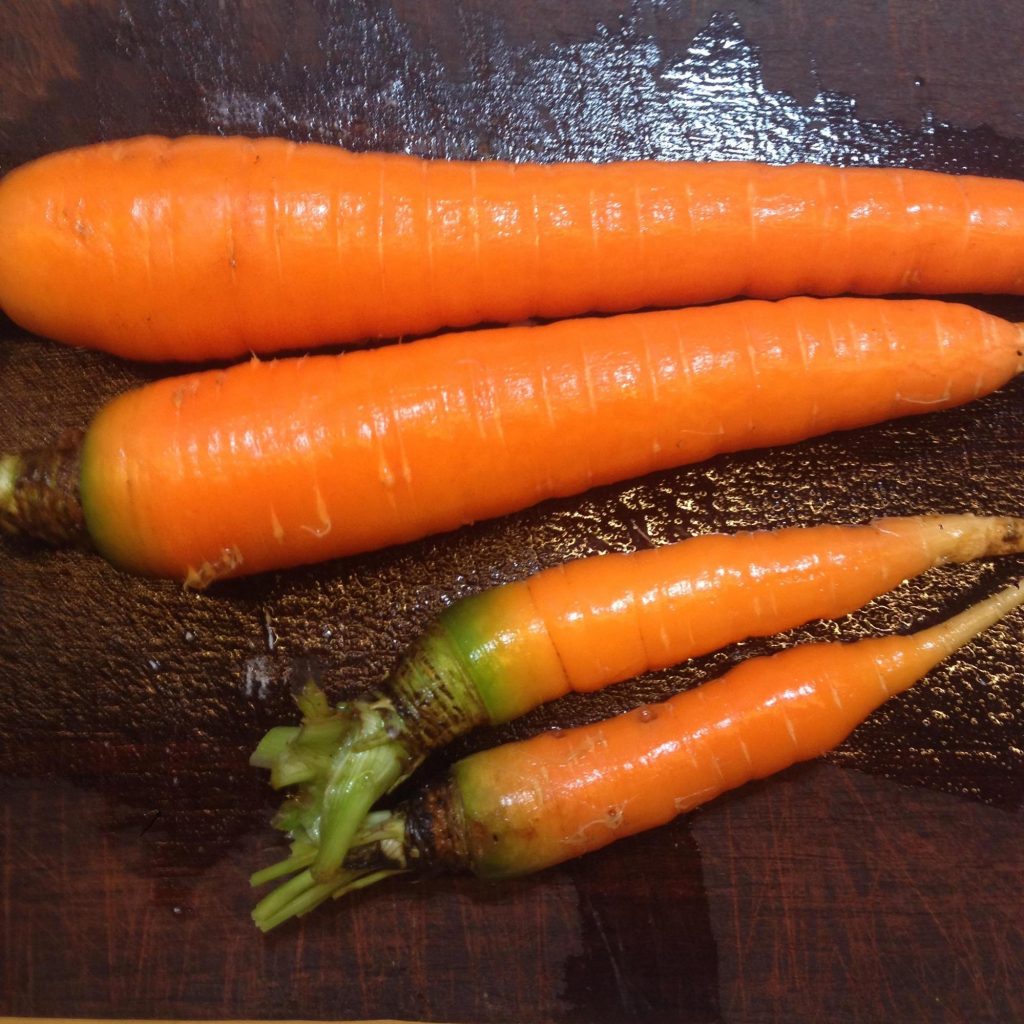
The more I learn about soil the more I’m awestruck by its complexity, so just concentrating on food and water here seems a bit facile. However, the sheer number of malnourished home gardens I’ve visited has convinced me that these are probably the most significant barriers to productivity. If your vegies aren’t growing to the same size as the ones in the shops, then it’s likely you need to increase their food, water, or both.
Grow what you eat and eat what you grow
How many silverbeet plants does your household need annually? For us it’s six. What time of year should broad beans go in so they’re ready when the winter crops are winding down? It takes a bit of trial and error to get your garden synced with your kitchen, and vice versa. If your goal is year-round production, then avoid the temptation to fill up the entire area at once. Our vegie patch is divided into summer/winter and autumn/spring cropping areas. As one part is coming into peak production, the other is replanted to ensure a pretty consistent supply.
In a limited space it makes sense to prioritise herbs and greens since they’re nutritionally dense, relatively expensive and deteriorate rapidly after harvest. They can also grow themselves! After a few years of ruthlessly uprooting unwanted weeds, any bare soil now defaults to a luscious self-sown salad of lettuce, wild rocket, mizuna, chickweed, fat hen and amaranth.
Include plants that can be harvested over a long season (eg. sprouting broccoli), vegetables that you use most regularly, and those that are expensive to buy. Throw in as many hardy perennials as you can – my favourites are perennial leeks and wild rocket. And don’t grow plants that you can easily forage or swap with your neighbours (for us that means no olives and definitely no lemons!).

We also get creative with ‘vegetable offal’ by eating all the edible parts of each plant. Pickled leek and garlic scapes, stir-fried daikon and beet leaves, roasted fennel roots and tempura carrot tops (to name a few!) can literally double your harvest. And if you really want to take a leap, why not commit to eating only from your garden for a while? I very quickly got better at growing what I wanted to eat and eating what I’d grown by challenging myself not to buy any vegies.
Keep the best and eat the rest
If you can only squeeze in two zucchinis, then they both need to be superstars! On the journey from seed to harvest there are many steps, and each one is a chance to leverage better results.
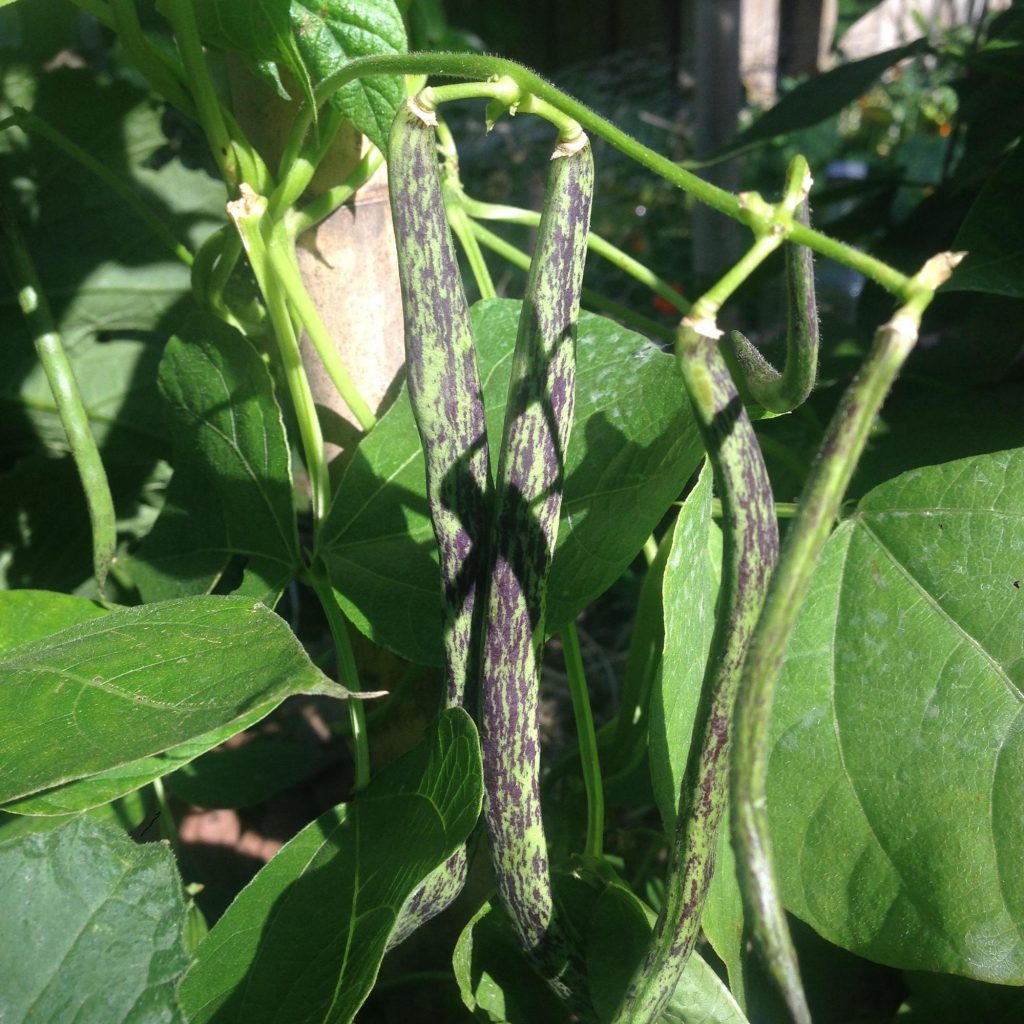
For any given crop there will be varieties that are more suited to your management style and microclimate. Start by asking locals for recommendations, and trial varieties side by side if possible. Sadly there are many unscrupulous businesses peddling seedlings that are already showing signs of stress on the shelf and the quality of packaged seed at point of sale is also variable, so trial from a few sources before giving up on a variety.

We urgently need to support nurseries that are offering quality open-pollinated seeds and plants to home gardeners, but where possible saving and growing from your own seeds allows you to harness the power of selection. The old adage is to ‘keep the best and eat the rest’. Select seed from your most exceptional plants, then store it in a cool, dark place. Be ruthless by sowing only the largest seeds and thinning these to the strongest seedlings, raising large vegetables like tomatoes and zucchinis in deep, individual punnets to avoid transplant shock. To paraphrase Carol Deppe, every time we save seeds we’re also making breeding decisions, so every generation will be more adapted to your garden than the last.
Keep your eyes on the prize
The secret to success is showing up – and this is certainly true in the garden. A scorching hot day could wilt young seedlings beyond the point of recovery, or a single slug could chomp off their growing tips and set growth back by weeks. I throw old sheets over my patch during heatwaves, and I remember thinking my folks were crazy for their torch-lit slug patrols, but now I do the same. Paying attention to your garden, especially for a few weeks after planting, can mean the difference between a quick fix or total failure.
You can supercharge these observations by keeping a garden diary. What type of weather preceded a russet mite attack? When did you eat the last carrots? Work out where you’re expending the most effort and brainstorm labour-saving ideas. Avoid repeating past mistakes and instead aspire to make new and interesting stuff-ups each year!
Paying attention is so much easier when you’re drawn to spend time in your garden, and there is one underappreciated design tip that I’ve come to respect. Make your garden a beautiful space, whatever that means for you, with comfortable seating in all seasons. Design a place where you love to spend time, so the line between relaxing and reflecting becomes very fuzzy indeed.

It might sound like hard work and, yes, initially I suppose it is. But for the most part this work is playful, creative and thought-intensive, rather than labour- or resource-intensive, and as the design evolves we put in less and less effort every year.
From one gardener to another I wish you all the best!
This article was originally published in Pip Australian Permaculture magazine, Issue 10. Photos by Kat Lavers, except photo 5 (Amy Piesse Photography).



